English Heritage sites near Whitestaunton Parish
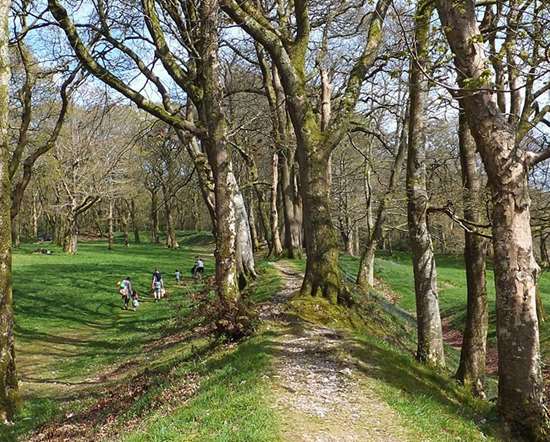
BLACKBURY CAMP
12 miles from Whitestaunton Parish
An Iron Age hillfort in Devon with impressive ramparts, now surrounded by woodland.
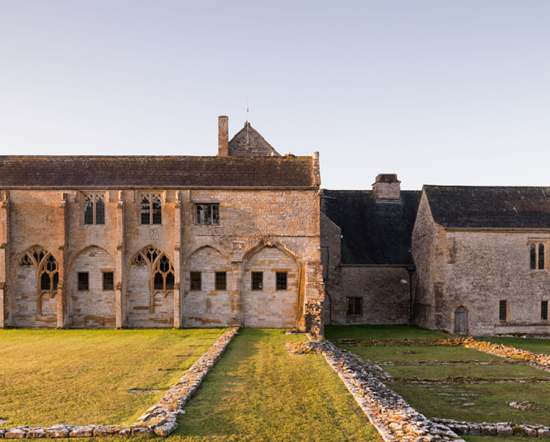
MUCHELNEY ABBEY
13 miles from Whitestaunton Parish
Once a wealthy Benedictine house, Muchelney’s main buildings were demolished by Henry VIII in 1538. See the richly decorated cloister walk and thatched monks’ lavatory – the only one in Britain.
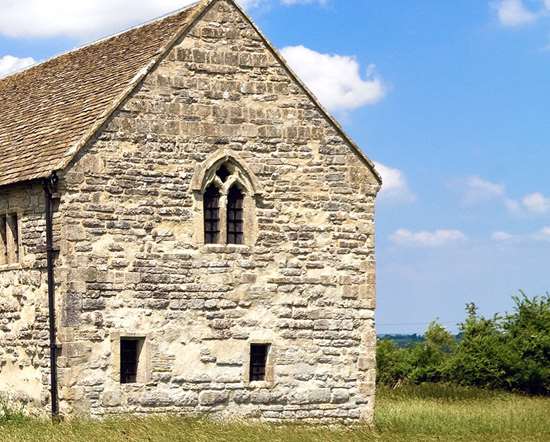
MEARE FISH HOUSE
23 miles from Whitestaunton Parish
The only surviving monastic fishery building in England, this housed the Abbot of Glastonbury's water bailiff and provided facilities for fish-salting and drying.
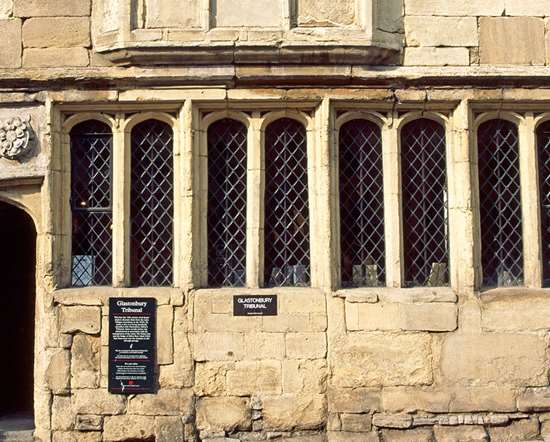
GLASTONBURY TRIBUNAL
23 miles from Whitestaunton Parish
Fine, late 15th century stone townhouse, early Tudor façade and panelled interiors. Home to Glastonbury Lake Village Museum: discover life 2000 years ago when much of Somerset consisted of marshy sea.
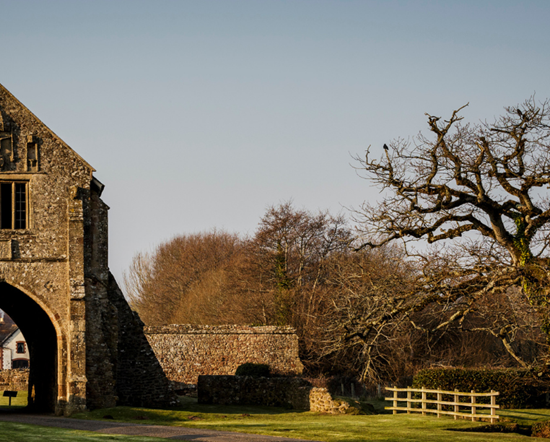
CLEEVE ABBEY
23 miles from Whitestaunton Parish
With possibly the finest cloister buildings in England, visitors can get a glimpse of monastic life 800 years ago. 15th century refectory with glorious angel roof and 13th century heraldic tiles.
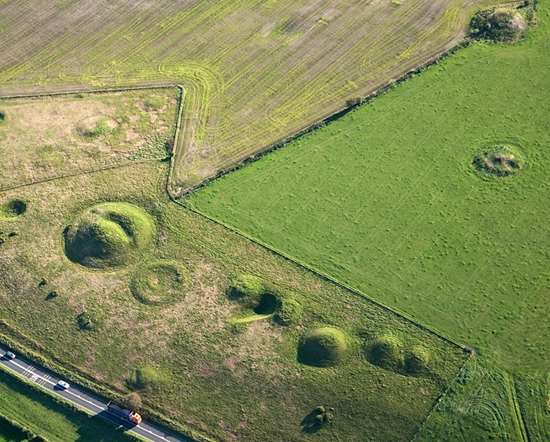
WINTERBOURNE POOR LOT BARROWS
24 miles from Whitestaunton Parish
A 'cemetery' of 44 Bronze Age burial mounds of varying types and sizes, straddling the A35 main road.
Churches in Whitestaunton Parish
St Andrew

Whitestaunton
Chard
0146066159
Whitestaunton Settlements
The earliest settlers of whom there is any trace were Romans, believed to be seeking minerals; remains of a Roman villa, fragments of which are in the Taunton Museum, can still be seen in the grounds of the Manor House.
<span style="font-size: 1rem;">The Villa was probably demolished, after the Romans had gone by the Anglo Saxons, who established their "tun" near the same spot and called it "stan" "tun" on account of the conspicuous rock nearby. "White" was not mentioned until it appeared in Bishop Crockenford's register.</span>
<span style="font-size: 1rem;">After the arrival of the Normans, the name of Robert De Staunton, or Staunton, appeared in 1166 and carvings in stone of the family arms-Gules fretty argent - are still extant.</span>
<span style="font-size: 1rem;">Subsequent Lords of the Manor of Whitestaunton were the Bretts, joined for a time with the Hugyns and the Eltons and it was not until 1921 that the latter divided up and disposed of the Whitestaunton estate.</span>
<span style="font-size: 1rem;">The Church of St Andrew (Grade 1 Listed)</span>
The oldest part of the Church is the Norman Font from which it is assumed that a Norman Church once existed on the site of the present Church.
<span style="font-size: 1rem;">It is believed that the present perpendicular church was built gradually, as money became available, between 1483 and 1492 by the Hugyn family, which, with the Brett family had entered into an equally shared heritage of the De Stauntons; it seems probable that a Brett had married a De Staunton. It is further on record that Simon Brett married Johanna Hugyn in 1513.</span>
<span style="font-size: 1rem;">The "rood" screen is an example of the perpendicular period and the chancel arch is a fine specimen of the character peculiar to Somerset. Remains of the "rood" stair leading from the North side of the nave are visible.</span>
<span style="font-size: 1rem;">Some of the original bench-ends had curious woodcarvings some of which have been preserved at the end of present pews. One is of an animal with long tail, another of a fretty pattern, may have been intended to copy the DE Staunton coat of arms.</span>
<span style="font-size: 1rem;">The Building has been well restored. The Somerset type of roof has been kept. The Belltower at the western end is large for the size of the church. There are six bells one of which is prereformation reset in a new frame and hangings 2017.</span>
<span style="font-size: 1rem;">Colonel and Mrs Mitchell of Whitestaunton Manor installed the organ in the early1930's. Their children presented an electric blower in 1956.</span>
<span style="font-size: 1rem;">No date of the Church dedication to St Andrew is known but in his will dated 1530 Simon Brett asked to be buried "at the foot of the high altar in the church of St Andrew Whitestaunton."</span>
<span style="font-size: 1rem;">Memorials</span>
There are memorials in the north chapel for members of the Brett family who died 1582 and 1671, and in the Nave, Chancel and South Chapel for many members of the Elton family who died between 1768 and 1914, including LT-Col. Fred C Elton who won the V.C. in the Crimea.
There are plaques in the nave in memory of George and Joan Stone, William C. Parer and Vice-Admiral G.N. Tomlin, and on the floor to Thomas Parris and William Meacham.
The stained-glass window at the eastern end in memory of Rev W.T. Elton rector for 48 years and his wife Lucy. The font cover was presented by Mr William E.J.Coe of Northay in memory of his wife who died in 1966. Also a brass ewer in memory of William Coe who died in 1978.
There are Six Hatchments in the Chancel and south chapel, one Brett family, five Elton family1768, 1798, 1837 the other three are undated.
<span style="font-size: 1rem;">Summerhayes Charity set up 1784</span>
Extract of the Will of Robert Summerhayes- the trust continues today.
<span style="font-size: 1rem;">Tombs</span>
In South Chapel two tombs one carved with Elton coat of arms and a second with carvings visible of three unidentified coats of arms and possibly one of the De Stauntons.
<span style="font-size: 1rem;">Churchyard (Grade 2 Listed)</span>
A prototype of the Cenotaph attributed to Lutyens adjacent to Porch
A Plague Yew circa 1650.
A first world war memorial Cross.Originally a buttercross see Winchester for medieval origins.
Three listed tombs. Coombe, Hake and Locock
A buttercross later possibly moved and converted to remember the fallen of WW1.
Pubs in Whitestaunton Parish
Howley Tavern
 Originally dating from 1661, this freehouse & restaurant is situated in the unspoilt Somerset village of Howley, right in the heart of the Blackdown Hills.
The Howley Tavern is a family run freehouse & restaurant. Outside there is plenty o...
Originally dating from 1661, this freehouse & restaurant is situated in the unspoilt Somerset village of Howley, right in the heart of the Blackdown Hills.
The Howley Tavern is a family run freehouse & restaurant. Outside there is plenty o...
